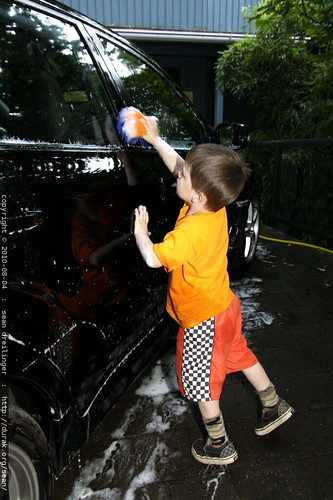 The United States Patent and Trademark Office (USPTO) is hosting a roundtable event on the use of crowdsourcing to identify relevant prior art. The USPTO wants to improve the quality and increase the quality of third party submissions.
The United States Patent and Trademark Office (USPTO) is hosting a roundtable event on the use of crowdsourcing to identify relevant prior art. The USPTO wants to improve the quality and increase the quality of third party submissions.Background
The USPTO has been collecting ideas from the software community via the Software Partnership to enhance the quality of software-related patents. In response, the public has proposed crowdsourcing as a technique to expand the prior art available to examiners. The White House also said it was a good idea back in February in a list of executive actions.
Crowdsourcing is the act of 'taking a function once performed by employees and outsourcing it to an undefined (and generally large) network of people in the form of an open call.'
The USPTO believes that crowdsourcing has the potential to help examiners in certain technology areas, such as software, where information that resides within the technical community is often not readily available to examiners. Third parties are able to submit relevant prior art publications and concise description of relevance to patent examiners.
Topics for written comments
The specific questions the USPTO wants answers to are:
- How can the USPTO leverage the collective knowledge available via crowdsourcing to provide an examiner with relevant prior art?
- What suggestions do you have for the USPTO to encourage more third-party submissions from the scientific and technical community via crowdsourcing activities?
- Aside from encouraging more third party submissions, what are other ways the USPTO can leverage crowdsourcing to get relevant information from experts in the scientific and technical community to the examiner?
- How can the USPTO encourage more third-party participation while ensuring that no protest or other form of pre-issuance opposition to the grant of a patent on an application is initiated after publication of the application?
- What, if anything, is preventing you from submitting prior art as part of a third-party submission?
- What other ideas do you have to ensure examiners have the most relevant prior art in front of them during examination?
A thorny thicket
Crowdsourcing is not a revolutionary concept for locating prior art. Back in 2000 there was the high profile launch of BountyQuest.com, a self-described 'patent-busting' website. Companies wanting a patent busted submitted a fee and a bounty. Bounty hunters emerged from the crowd seeking a bounty for submitting a document matching the requirements of a bounty posting.
Shortly after the launch of BountyQuest there was an interview with a co-founder on its demise. He suggested that:
'the patent mess is a thorny thicket that doesn't lend itself well to penetration by amateurs. I know that when we did the bounties on the Amazon 1-click patent, there were numerous people who sent in what they thought was important prior art, but which the attorneys who reviewed it didn't find useful'.
The problems with crowdsourcing
I recently attended a conference where a director of a professional search company pointed out some of the flaws with crowdsourcing. Okay, so his presentation might have had a marketing slant. But a lot of his points made sense:
- True 'experts' are very busy individuals who value their time. They prefer to devote leisure time to family and friends rather than pursuing prior art.
- Crowdsourcing attracts many individuals who are neither search specialists nor 'technical experts'. The result is an extensive body of prior art that fails to match the patent claims.
- Amateurs tend to search areas they are familiar with, rather than the body of art most critical for each technology.
- Professional search firms pay high fees for multi-lingual well-indexed databases. The crowd relies heavily on internet searching which is 'woefully inadequate'.
- Search efforts are uncoordinated with few searchers willing to devote significant time for low reward. Search efforts tend to be duplicative, with various individuals pursuing the same low hanging fruit.
- Patents don't lend themselves to searching by amateurs. What they think is important prior art is not actually useful.
Further steps
The roundtable event will be held at the USTPO in Alexandria on 4 April 2014. Written comments are due by 25 April 2014. It will be interesting to see what comes out of it. Is the lack of interest in third party submissions perfectly understandable given the failure of BountyQuest?
My personal view is that we should encourage the public to submit what they believe to be relevant prior art, even if the prior art is junk. It builds stakeholder engagement if the public feel they are involved. It also provides a useful hobby for vocal critics of patent quality.
However, I don't think the USPTO (or any other Patent Office) should rely solely on crowdsourced prior art during the examination process.
Photo courtesy of author sean dreilinger under Creative Commons licence.